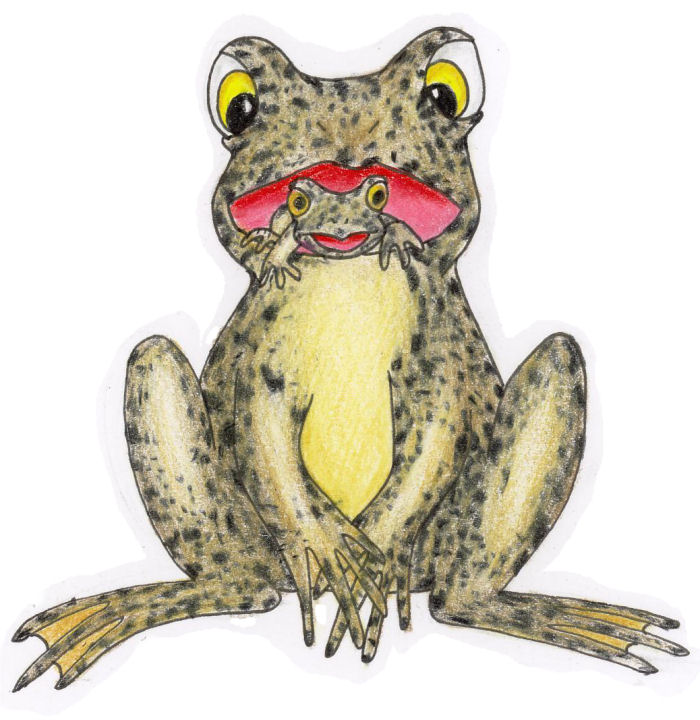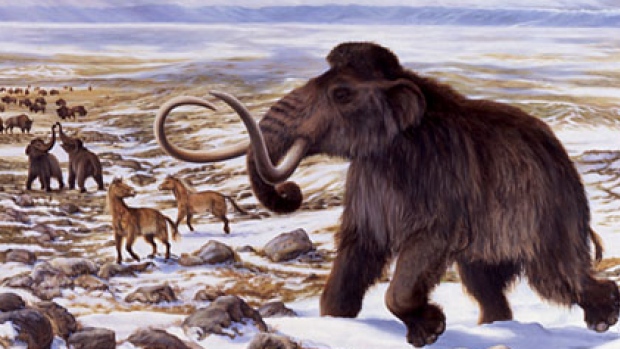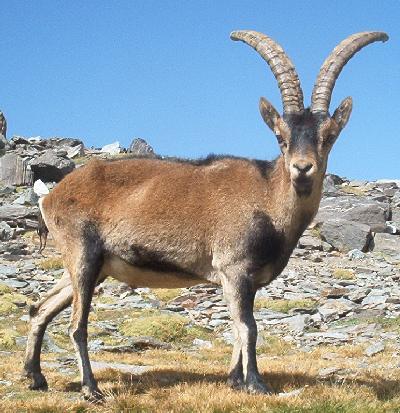We only knew of the gastric-brooding frog for an incredibly small amount of time, they were discovered and classified in the mid 70’s and were extinct within a decade. So we really never knew about these frogs and by time their incredible adaptation was discovered and going to be studied, they were gone. Their adaptation is that they could produce a jelly-like protein called prostaglandin which would turn off the acidic genes in their stomach. Then the mothers would swallow their eggs and nourish them within their bellies. As discussed in the “Medical Benefits to De-Extinction” this is something scientists and medical professionals have been itching to study, they want to study these genes and that protein and assess if it could be useful in human patients with stomach problems.
There is an organization out of the University of Newcastle in Australia, called the Lazarus Project who are working on reviving indigenous Australian species; such as the dodo bird, the thylacine (commonly known as the Tasmanian tiger), and the gastric-brooding frog.
Frogs as a Historical Cloning Model
It is difficult to say where the majority of The Lazarus Project’s efforts are going, but they seem to have been most successful so far in the De-Extinction of the gastric-brooding frog. This makes sense, because frogs historically have been known to be better cloning candidates than mammals. In fact, the earliest successful clones were done with frogs and the scientists working on the project talked about the simplicity of the project. In 1952, Thomas King and Robert Briggs had an idea to enucleate frog eggs and insert the nucleus from early developmental cells in their place. They choose frog eggs because they were big and have tendencies to be resilient in comparison to other species. At this time, much less was known about genetics and DNA was still a decade away from discovery. But the ambitious scientists pushed on and it resulted in them producing embryos which turned into tadpoles and eventually morphed into adult frogs. Amazed by their work 6 years later in 1958, John Gurdon wanted to continue their experiments and wondered if a clone could be produced from already differentiated somatic cells, or simply regular adult cells. So instead of using blastula cells (early embryonic undifferentiated stem cells) as the implants, Gurdon took intestine cells and implanted to nucleus into the hallowed out eggs. This experiment actually resulted in the first successful clones, Briggs and Kings frogs are not considered clones because they were using stem cells, where as Gurdon was using the cells of an adult.
Frogs as a De-Extinction Model
The Lazarus Project has been working on bringing back the gastric-brooding frogs using the same methods described by King, Briggs, and Gurdon; only now they are using the nucleus of cells of a species that is extinct. The group has had tissues stored in regular deep freezers since the 80’s and are not using these cells to bring back the mysteriously unique species. In March 2013 they published a major step towards this. The Lazarus Project has reported that through somatic-cell nuclear transplantation they have acquired an early embryonic state of cell development and they had a cell that was dividing. The embryo unexpectedly stop diving and eventually died, but the scientists confirmed that the embryo was genetically a gastric-brooding frog. The scientists are also very confident that this was a technical problem and not a biological problem, meaning they are confident the science will allow them to bring back this wonderful frog.




